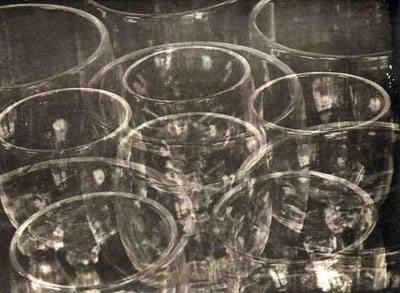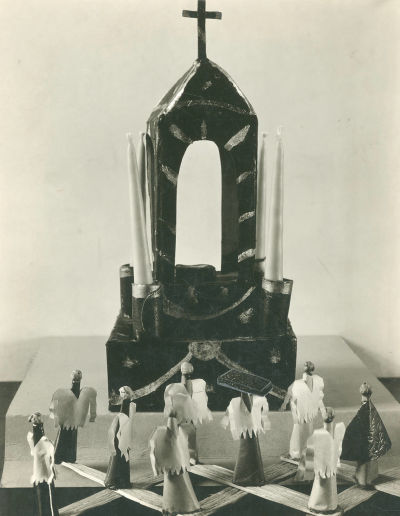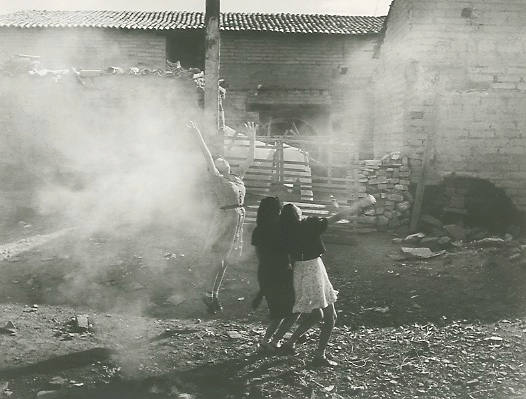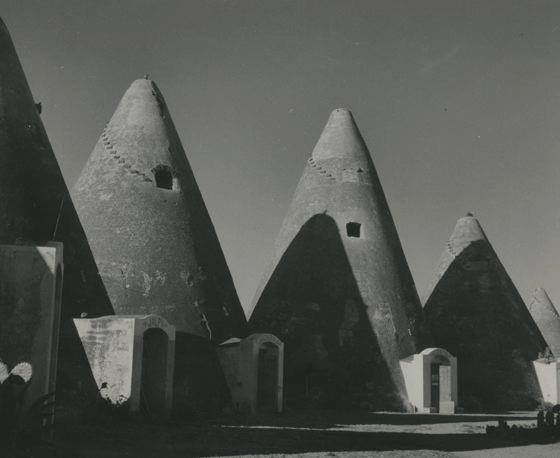SURREALISMO
Ojos de México
September 21st – December 2nd 2017
Surrealism Exhibit Brochure
Please download an in-depth PDF of the Surrealism exhibit.
Complete with the artists works, and stock numbers when referencing for purchase.
Throckmorton Fine Art is pleased to announce the exhibit, Surrealismo, Ojos de México/Surrealism, Eyes of Mexico featuringforty photographs by celebrated artists-foreign and national-which demonstrate the enduring influence of Surrealism onphotography in Mexico. The photographers whose work we will show include Rosa Covarrubias, Tina Modotti, ManuelÁlvarez Bravo, Lola Álvarez Bravo, Kati Horna, Héctor García, Graciela Iturbide, and Flor Garduño. Each expressed adistinctive point of view dealing with often irrational and unexpected life experiences.
Surrealism emerged as a style from the ashes of World War I, Mexican artists sometimes resisted being labeledSurrealists. At a time when European artists and intellectuals, especially poets, turned against the “high culture” of theEurope that had spawned the horrors of the senseless war in which millions lost their lives, some artists viewed Surrealismas a mechanism for celebrating the mysteries of the subconscious, of dreams, of sexual desire and fantasy, and of strangejuxtapositions (of the kind so common in dreams). Surrealism was not an art movement of protest, but instead one thatexplored the irrational, the unexpected in life.
The great French poet, André Breton, came to Mexico in 1938, met with artists, and proclaimed, “Mexico tends to bea Surrealist place par excellence.” In 1939, Breton asked Mexico’s greatest photographer, Manual Álvarez Bravo, to providea cover photograph for the catalogue of the International Surrealist Exhibition. The image offered, of a woman nudeexcept for bandages, lying on a blanket next to star cacti, is surely the most iconic image in Latin Americanphotography. While Manuel Álvarez Bravo, like other artists in Mexico, resisted being identified as a “Surrealist,” theimpact of Surrealism on him and his contemporaries, even before the arrival of Breton, is significant. Mexican artists inthe 1930s and the 1940s were familiar with what European artists were pursuing. Foreign artists attracting attention inMexico included Pablo Picasso, Hans Arp, Giorgio de Chirico, Marcel Duchamp, and Man Ray. Moreover, the Spanishfilmmaker Luis Buñuel, a collaborator of Salvador Dalí, resided in Mexico from 1946-1961, and he, too, befriended manyMexican photographers, including Héctor García.
Some of the photographs exhibited reveal the more playful side of Surrealism. Examples include the photographsof Rosa Covarrubias that are decidedly influenced by the work of Man Ray. There are also images by Tina Modotti that areirreverent and playful. Most of the images in the exhibit, though, have a serious and unifying subject-Mexico and itspeople. Surrealism provides a lens for viewing a country with many contrasts, with juxtapositions that are unexpected,ironic, sad, humorous, frustrating, and hopeful. There is the contrast of ancient civilizations and frenzied modernity. Thereare the poor and, side-by-side, the wealthy. There is the indigenous and there is the foreign. In this setting, even what issupposed to be photojournalism so often has at least a tinge, intended or not, of Surrealism. This exhibit offers anarresting overview of modern Mexican photography. A catalogue accompanies the exhibit.







































